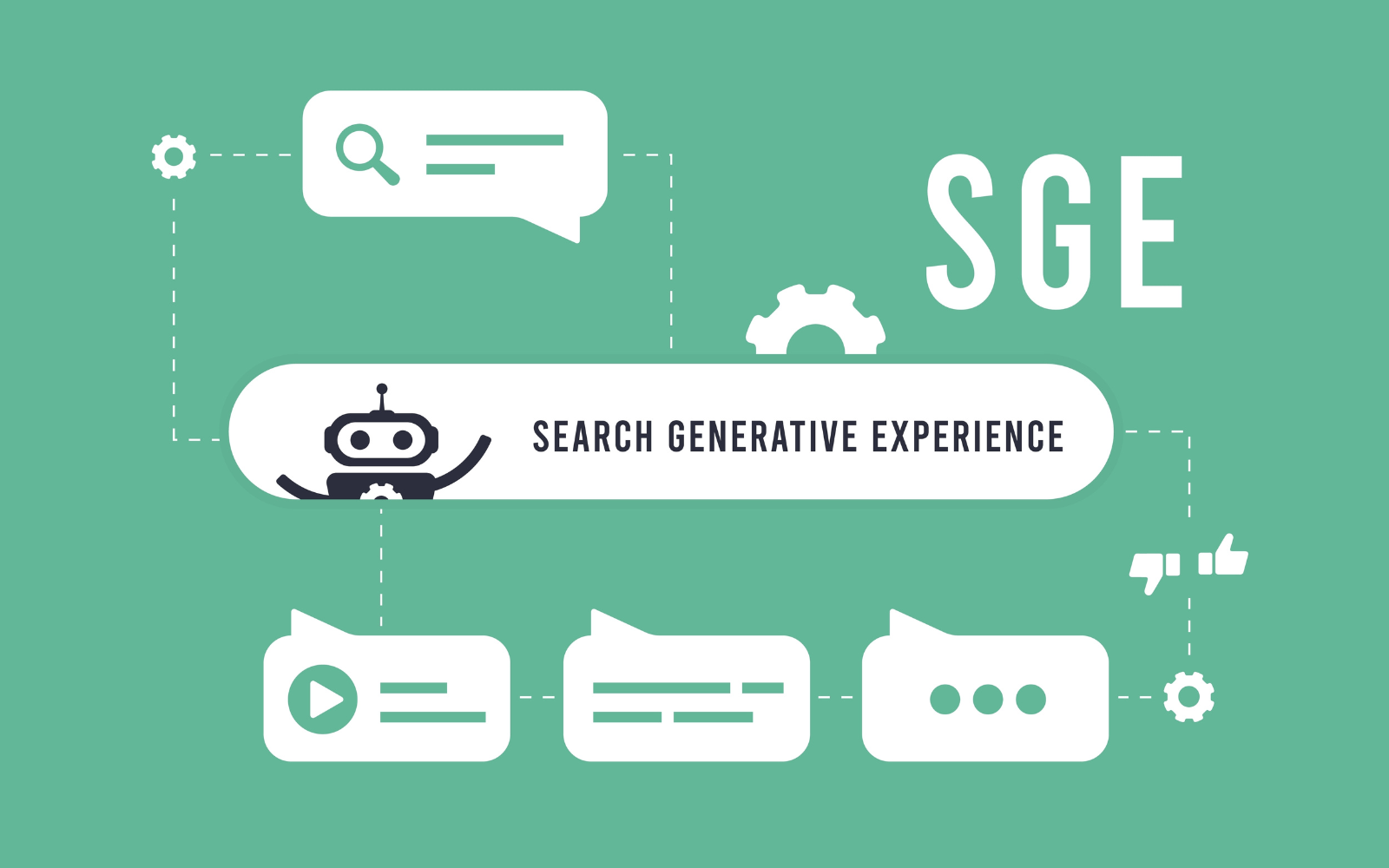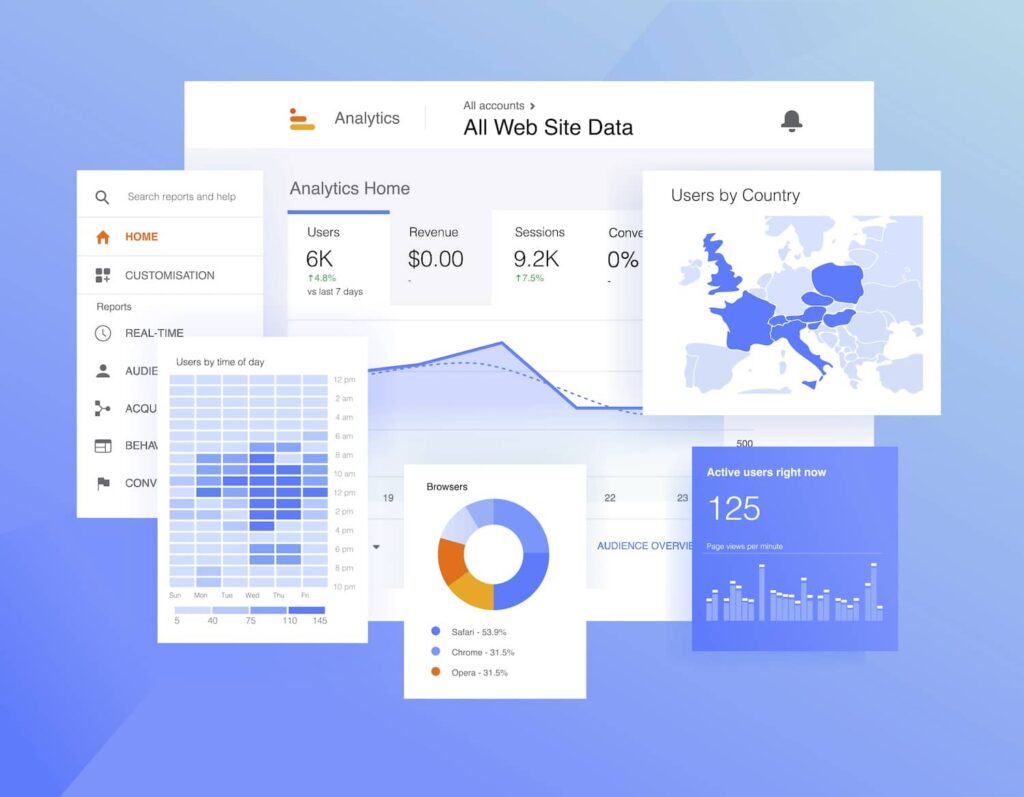Important Guide to Secondary Dimensions in Google Analytics: Definition, Benefits, and Applications
Important Guide to Secondary Dimensions in Google Analytics: Definition, Benefits, and Applications
Blog Article
Leveraging Additional Measurement in Google Analytics to Strengthen Comprehending of Individual Habits and Interaction
Utilizing Google Analytics' secondary dimensions supplies a nuanced technique to comprehending user actions and interaction beyond surface-level metrics. This much deeper dive right into individual behavior not only refines marketing strategies but additionally holds the crucial to optimizing website performance and boosting general individual experience.
Recognizing User Actions With Additional Dimensions
How can secondary measurements in Google Analytics give beneficial insights into user actions patterns? Second measurements in Google Analytics use a much deeper level of analysis by providing added context to primary data factors. By layering second measurements onto primary measurements such as traffic resources or landing web pages, marketing experts can discover important insights right into individual behavior patterns. By assessing bounce rates in conjunction with additional measurements like tool group or area, services can determine particular sectors of individuals that may be experiencing problems with internet site use or web content significance. This deeper degree of comprehending enables even more targeted optimization initiatives to boost customer experience and involvement.
Additionally, additional dimensions can aid marketers recognize relationships between different data factors, causing the discovery of concealed patterns or patterns in customer habits (what is a secondary dimension in google analytics). By segmenting data using secondary dimensions such as demographics or behavior, businesses can customize their marketing approaches to much better fulfill the requirements and preferences of details user teams. On the whole, leveraging second measurements in Google Analytics improves the depth of analysis and makes it possible for more informed decision-making based on a thorough understanding of user habits
Assessing Engagement Metrics Efficiently
Structure on the understandings got from using second measurements in Google Analytics to comprehend individual behavior patterns, efficiently evaluating interaction metrics is vital for maximizing advertising and marketing methods and improving user experience. Involvement metrics supply valuable details on exactly how users interact with an internet site or app, indicating the level of rate of interest and participation they have with the content. By delving into metrics such as bounce rate, typical session period, web pages per session, and conversion rates, marketing experts can assess the effectiveness of their digital efforts and make data-driven choices to drive involvement. Recognizing which features or pages draw in and maintain individuals, along with recognizing possible factors of rubbing in the customer trip, makes it possible for businesses to tailor their strategies for improved engagement and conversion. Examining interaction metrics over time enables for the tracking of trends and the analysis of the influence of optimizations or adjustments made to the digital homes. Essentially, a deep study involvement metrics equips marketing experts to fine-tune their method, enhance customer contentment, and eventually drive company development.

Discovering Insights for Marketing Strategies
By diving into Google Analytics data via additional measurements, marketing professionals can extract useful information that can substantially impact their advertising and marketing strategies. By assessing which channels are bringing in the most engaged customers or generating the highest possible conversion rates, marketing professionals can allocate their sources more efficiently to make the most of ROI.
Moreover, revealing insights on individual actions patterns, such as one of the most popular touchdown web pages or the common customer circulation through the web site, can supply valuable assistance for maximizing website material and customer experience. Comprehending exactly how customers connect with the website can assist marketing experts customize their messaging and calls-to-action extra effectively, eventually causing boosted interaction and conversion rates. Basically, leveraging additional measurements in Google Analytics can supply a wealth of actionable understandings that can drive more successful and educated marketing methods.
Maximizing Web Site Efficiency With Information
Enhancing internet site efficiency via data-driven optimization approaches is a critical part of maintaining an affordable on the internet existence and meeting customer assumptions. By leveraging data from tools like Google Analytics, website proprietors can determine areas of renovation to improve user experience and drive better outcomes. One essential aspect of maximizing web site performance is assessing web page load times. Slow-loading web pages can cause high bounce rates and adverse individual experiences. Information understandings can pinpoint the details aspects causing hold-ups, enabling targeted optimizations to quicken tons times.
Furthermore, data can disclose which web content reverberates most with individuals, informing material technique choices to enhance interaction. Understanding customer behavior patterns, such as navigation paths and interactions, can lead the optimization of website design and conversion funnels. Data-driven A/B screening can assist Learn More establish one of the most effective style and web content variations to take full advantage of conversions.
Enhancing User Interactions and Results

Via the evaluation of secondary dimensions such as demographics, behavior flow, or web traffic sources, web site proprietors can obtain a thorough understanding of their target market. what is a secondary dimension in google analytics. This understanding enables the implementation of personalized methods to accommodate various customer sections, bring about raised interaction and conversion rates

Conclusion
To conclude, leveraging additional measurements in Google Analytics gives a much deeper understanding of customer behavior and engagement. By evaluating data efficiently, discovering understandings, enhancing web site efficiency, and boosting customer communications, organizations can make informed decisions to improve their marketing techniques and overall results. Utilizing this tool enables a comprehensive sight of customer tasks, bring about extra targeted and effective digital advertising campaigns.
Building on the understandings obtained from making use of additional dimensions in Google Analytics to understand user actions patterns, properly assessing interaction metrics is important for enhancing advertising strategies and improving user experience.Furthermore, revealing insights on user actions patterns, such as the most prominent landing web pages or the normal individual flow via the web site, can provide beneficial support for enhancing website web content and individual experience. By concentrating on improving user communications, site proprietors can substantially improve involvement, conversion rates, and total individual satisfaction. These measurements offer much deeper insights right into user actions, preferences, and activities on the website, making it possible for a more official statement targeted technique to optimizing individual experience.
By optimizing these touchpoints, web site proprietors can improve the customer experience, resulting in improved outcomes and higher levels of customer complete satisfaction.
Report this page